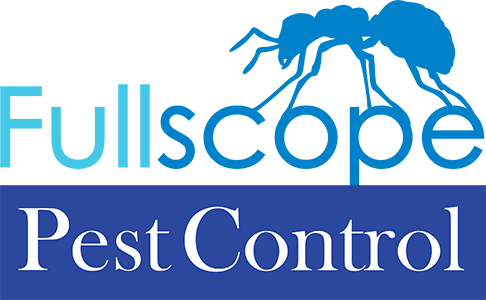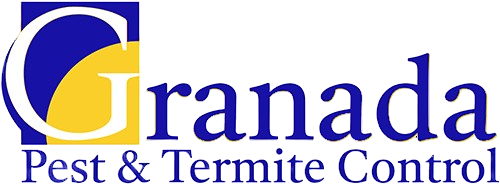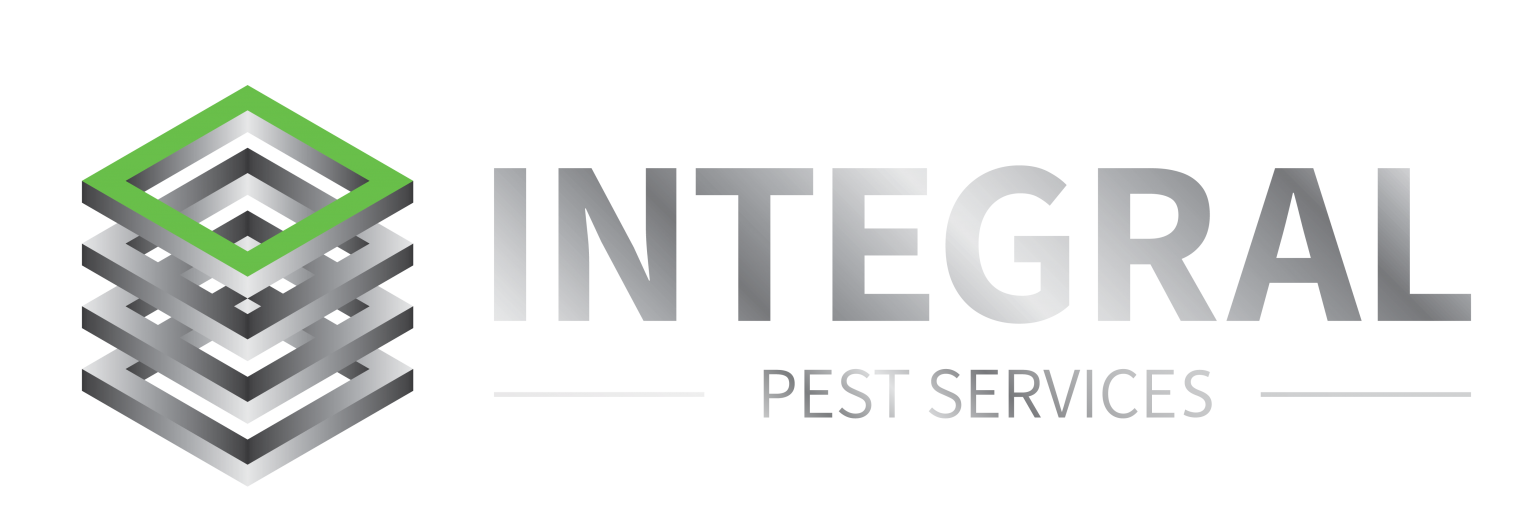In the world of digital marketing, two key terms often come up: SEO and SEM. Both are vital for increasing online visibility and driving traffic to websites. However, they are not the same. SEO focuses on organic search results, while SEM includes paid advertising. Knowing the differences between these two methods is crucial for anyone looking to make informed decisions about their online marketing strategies.

What is SEO?
Basics of SEO
SEO stands for Search Engine Optimization. It involves optimizing a website so that it ranks higher in search engine results for relevant keywords. The goal is to attract organic, or unpaid, traffic to the site. SEO encompasses various techniques, including keyword research, content creation, and backlink building.
How SEO Works
SEO works by making a website more appealing to search engines like Google. This is done through on-page and off-page optimization. On-page optimization includes using relevant keywords in content, meta tags, and headers. Off-page optimization involves earning backlinks from other reputable sites. Search engines use algorithms to scan and index websites, determining their relevance and authority based on these factors.
Benefits of SEO
The main benefit of SEO is that it drives organic traffic to a website, which can result in higher engagement and conversion rates. SEO builds credibility and trust with the audience because high-ranking websites are often viewed as more reliable. Additionally, SEO is cost-effective in the long run since it focuses on organic traffic rather than paid ads. Over time, a well-optimized site can maintain its rankings with minimal ongoing effort, providing sustainable growth and visibility.
Common SEO Strategies
There are several strategies that businesses commonly use to improve their SEO. Content marketing is one of the most popular strategies, involving the creation of high-quality content that is relevant to the target audience. This content can take various forms, such as blog posts, articles, videos, and infographics. Technical SEO is another crucial strategy, which focuses on optimizing the website’s technical aspects like site speed, mobile-friendliness, and secure connections (HTTPS). Local SEO is particularly important for businesses that operate in specific geographic areas. It involves optimizing the website to rank well in local search results, often by claiming and optimizing local business listings and encouraging customer reviews.
What is SEM?
Basics of SEM
SEM stands for Search Engine Marketing. It includes both SEO and paid advertising methods like Pay-Per-Click (PPC) ads. While SEO focuses on organic traffic, SEM aims to increase visibility through paid means. This can be particularly useful for new websites looking to gain immediate visibility. SEM strategies often involve choosing the right keywords to bid on, creating compelling ad copy, and monitoring the performance of these ads.
How SEM Works
SEM works by bidding on keywords so that ads appear in search engine results when those keywords are searched. These ads can appear at the top or bottom of search results, and the advertiser pays each time a user clicks on the ad. SEM campaigns can be highly targeted, allowing advertisers to reach specific demographics. This targeting can be based on factors such as location, age, gender, and interests, which helps in reaching the most relevant audience.
Benefits of SEM
The primary benefit of SEM is that it provides immediate visibility. Unlike SEO, which can take months to show results, SEM can drive traffic almost instantly. This makes it a powerful tool for short-term campaigns or new product launches. Additionally, SEM offers detailed analytics, allowing marketers to track performance and adjust strategies accordingly. The ability to quickly measure ROI makes SEM a flexible and responsive marketing tool.
Common SEM Strategies
Several strategies are commonly used in SEM to achieve desired results. PPC campaigns are a primary component, where businesses bid on keywords to display their ads in search results. Ad targeting is another critical strategy, allowing businesses to reach specific demographics, interests, and behaviors. This ensures that the ads are shown to the most relevant audience. Budget management is also essential in SEM, as it involves allocating the appropriate amount of money to different campaigns and adjusting bids to maximize ROI. Using tools like Google Ads or Bing Ads, businesses can set daily or monthly budgets and monitor their spending to ensure they stay within their financial limits.
Key Differences Between SEO and SEM
Cost
One of the most significant differences between SEO and SEM is cost. SEO generally requires an upfront investment in content creation and optimization but does not involve ongoing costs. SEM, on the other hand, involves continuous spending on ads. Therefore, while SEM can provide quick results, it can also be more expensive in the long run. Businesses need to weigh these costs against their marketing goals to determine the best approach.
Speed
SEO is a long-term strategy that can take months to yield results. It involves gradual improvements and consistent effort. SEM, however, offers immediate results. Ads go live as soon as the campaign is set up, making it ideal for time-sensitive promotions. This speed makes SEM a go-to option for businesses needing quick wins or immediate market penetration.
Long-term vs Short-term
SEO is best for long-term growth. Once a website achieves high rankings, it can maintain them with minimal ongoing effort. SEM is more suited for short-term goals. It’s effective for boosting visibility quickly but requires continuous investment to maintain that visibility. For sustained success, businesses often use a combination of both SEO and SEM.
Measuring Success
Measuring success in SEO and SEM differs significantly. In SEO, success is often measured by organic traffic growth, keyword rankings, and improvements in domain authority. Tools like Google Analytics and Google Search Console are typically used to track these metrics. SEM success, on the other hand, is measured by metrics such as click-through rates (CTR), cost-per-click (CPC), and return on ad spend (ROAS). SEM platforms like Google Ads provide detailed analytics that help marketers track the performance of their campaigns in real-time and make necessary adjustments.
When to Use SEO
Long-Term Goals
If you’re looking to build a sustainable online presence, SEO is the way to go. It requires time and effort but pays off in the long run with consistent traffic and credibility.
Limited Budget
For businesses with a limited budget, SEO is a cost-effective option. It does not require ongoing payments like SEM, making it more accessible for small businesses.
When to Use SEM
Immediate Results
If you need quick visibility and traffic, SEM is more effective. It’s ideal for time-sensitive campaigns like product launches or events.
Competitive Markets
In highly competitive markets, SEM can give you the edge by placing you at the top of search results, even if your SEO efforts are still in progress.
Maximizing Online Visibility: Integrating SEO and SEM for Pest Control Businesses
Understanding the differences between SEO and SEM is essential for any digital marketing strategy. SEO builds long-term, organic traffic and credibility, while SEM provides immediate visibility through paid ads. Both have their benefits and can be used together for a well-rounded approach. By knowing when and how to use each method, businesses can maximize their online presence and achieve their marketing goals. Choosing the right strategy depends on the business’s specific goals, budget, and the time frame in which they want to see results.
Ready to elevate your pest control business’s online visibility? Partner with Pest Control SEOs, the experts in SEO for pest control company. Our tailored strategies guarantee to boost your organic traffic and build lasting credibility. Don’t wait to dominate the market—contact Pest Control SEOs today and watch your business climb to new heights!








